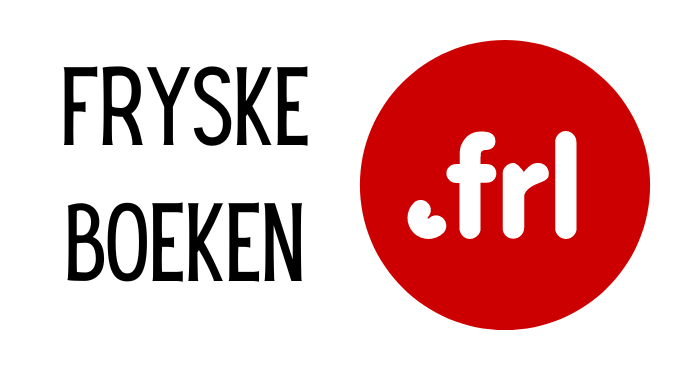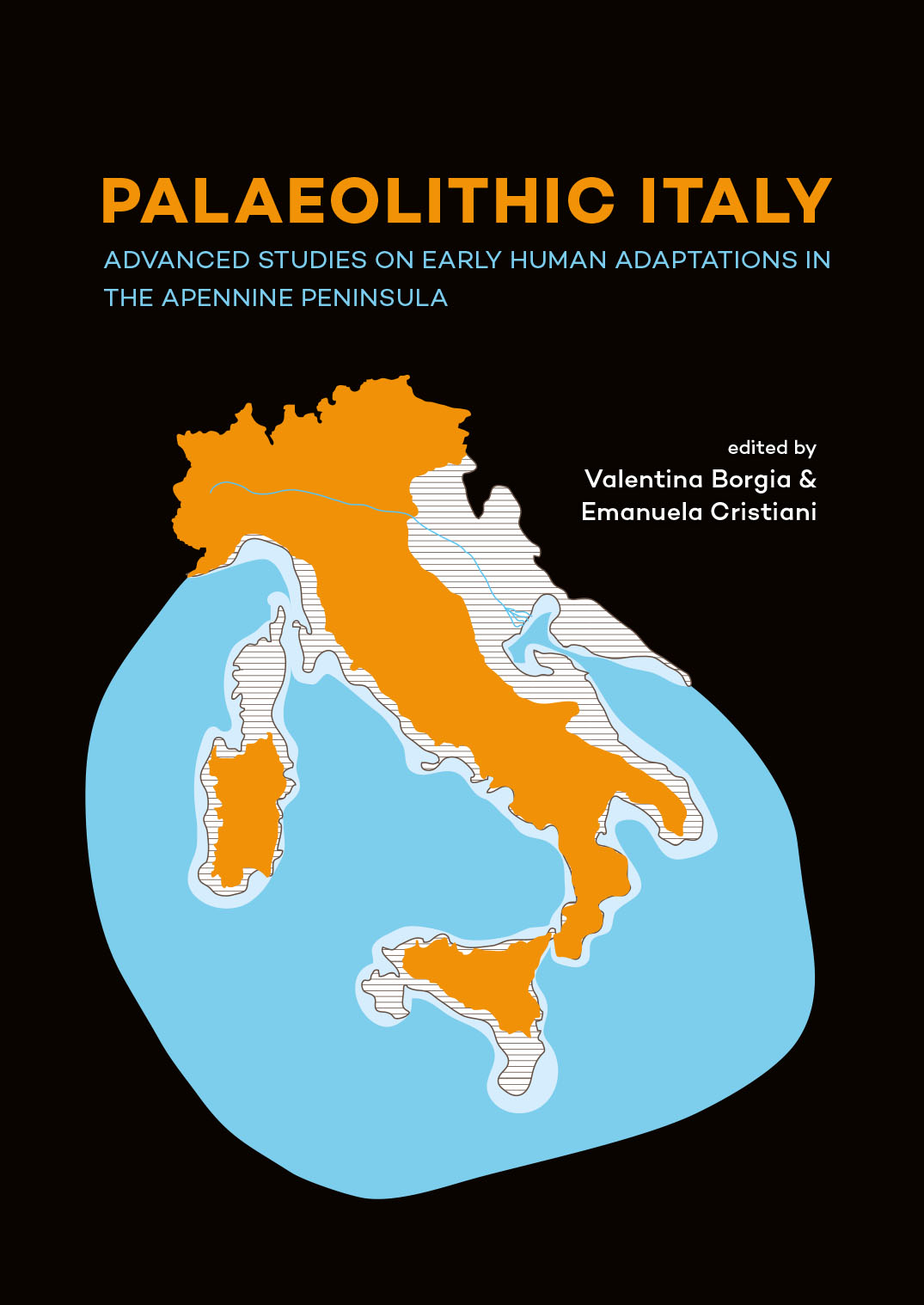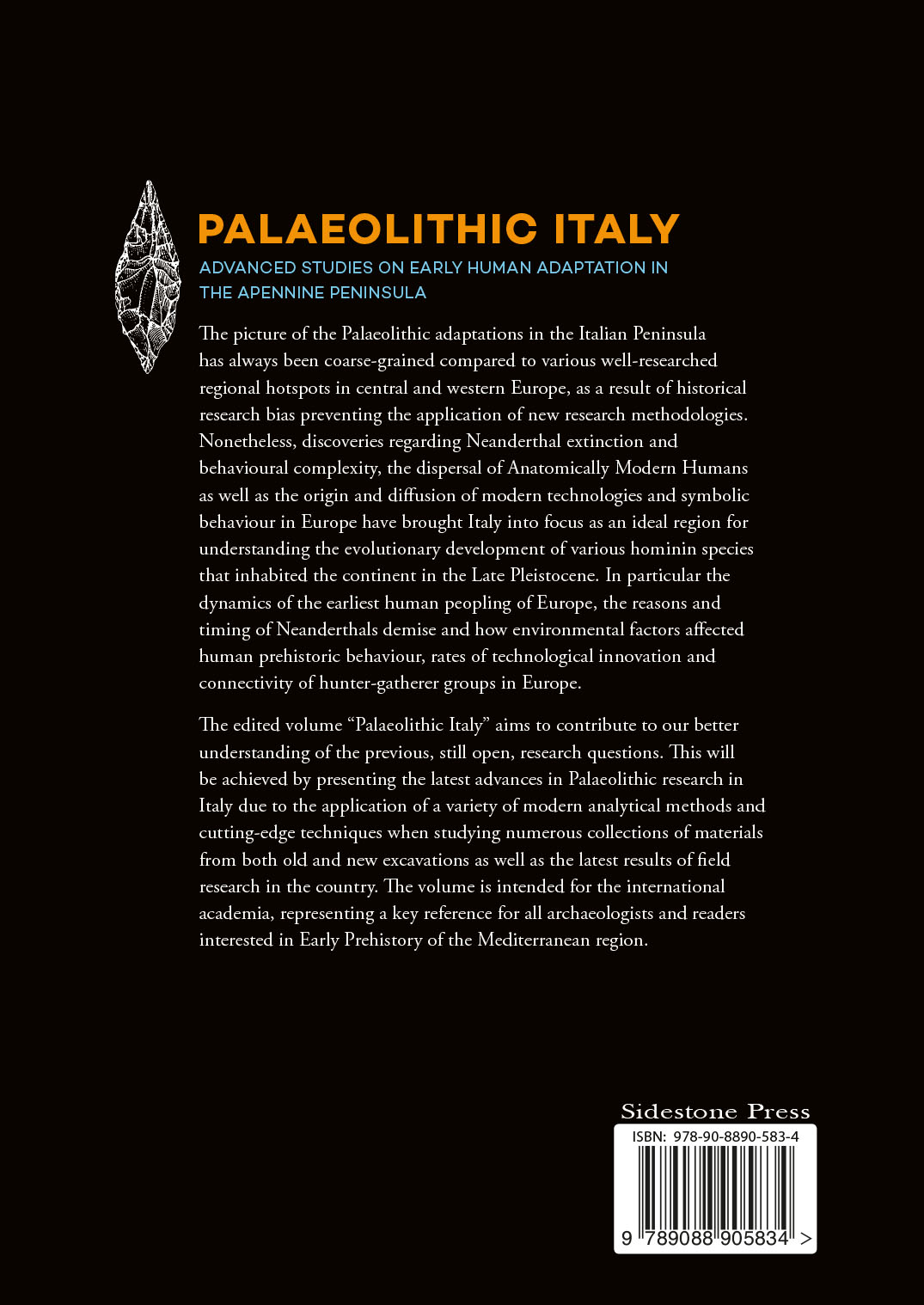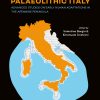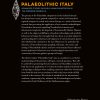Palaeolithic Italy
€ 150,00
Advanced studies on early human adaptations in the Apennine peninsula
Borgia, Valentina | Hardback | 03-07-2018 | 9789088905841 |
Levertijd 5 dagen
The picture of the Palaeolithic adaptations in the Italian Peninsula has always been coarse-grained compared to various well…
Advanced studies on early human adaptations in the Apennine peninsula
Borgia, Valentina | Hardback | 03-07-2018 | 9789088905841 |
Levertijd 5 dagen
The picture of the Palaeolithic adaptations in the Italian Peninsula has always been coarse-grained compared to various well-researched regional hotspots in central and western Europe, as a result of historical research bias preventing the application of new research methodologies. Nonetheless, discoveries regarding Neanderthal extinction and behavioural complexity, the dispersal of Anatomically Modern Humans as well as the origin and diffusion of modern technologies and symbolic behaviour in Europe have brought Italy into focus as an ideal region for understanding the evolutionary development of various hominin species that inhabited the continent in the Late Pleistocene. In particular the dynamics of the earliest human peopling of Europe, the reasons and timing of Neanderthals demise and how environmental factors affected human prehistoric behaviour, rates of technological innovation and connectivity of hunter-gatherer groups in Europe.
The edited volume “Palaeolithic Italy” aims to contribute to our better understanding of the previous, still open, research questions. This will be achieved by presenting the latest advances in Palaeolithic research in Italy due to the application of a variety of modern analytical methods and cutting-edge techniques when studying numerous collections of materials from both old and new excavations as well as the latest results of field research in the country. The volume is intended for the international academia, representing a key reference for all archaeologists and readers interested in Early Prehistory of the Mediterranean region.
Contents:
Foreword: Graeme Barker
Introduction: Valentina Borgia and Emanuela Cristiani
The Italian case in the context of the first European peopling
Marta Arzarello
Small Tools and the Palaeoloxodon- Homo interaction in the Lower Palaeolithic: the contribution of use-wear analysis
Cristina Lemorini
Blade and bladelet reduction systems in the Italian Middle Paleolithic. The case of Grotta del Cavallo, (Nardò – Lecce)
Leonardo Carmignani, Lucia Sarti
The Lower Tyrrhenian Versant: was it a techno-cultural area during the Middle Palaeolithic? Evolution of the lithic industries of the Riparo del Molare sequence in the frame of Neanderthal peopling dynamics in Italy
Daniele Aureli, Annamaria Ronchitelli
Neanderthal mobility pattern and technological organization in the Salento (Apulia, Italy)
Enza Spinapolice
The socio-economic significance of Neanderthal shell technology: A new perspective on Middle Palaeolithic adaptation to intertidal zones from disregarded tools
Francesca Romagnoli
The Middle-Upper Paleolithic Transition interpreted through the Italian human remains
Stefano Benazzi
From Neanderthals to Anatomically Modern Humans in Liguria (Italy): the current state of knowledge
Fabio Negrino, Julien Riel-Salvatore
Human exploitation of avifauna during the Italian Middle and Upper Paleolithic
Monica Gala, Ivana Fiore, Antonio Tagliacozzo
Lithic raw material circulation and settlement dynamics in the Upper Palaeolithic of the Venetian Prealps (NE Italy). A key-role for palaeoclimatic and landscape changes across the LGM?
Stefano Bertola, Federica Fontana, Davide Visentin
Laminar tools with sinuous profile from Grotta Continenza (Trasacco – AQ, Italy): a specialized production from the Late Epigravettian levels
Marco Serradimigni
An overview of early Epigravettian lithic technology of the western Adriatic area
Emanuele Cancellieri
Re-colonising the Southern Alpine fringe: diachronic data on the use of sheltered space in the Late Epigravettian site of Riparo Tagliente (Verona, Italy)
Federica Fontana, Laura Falceri, Alessia Gajardo, Stefano Bertola, Maria Giovanna Cremona, Fabio Cavulli, Antonio Guerreschi, Davide Visentin.
Epigravettian osseous technology from the eastern Alpine region of Italy. The case of Riparo Dalmeri (Trentino)
Emanuela Cristiani
Recent excavations and new insights into complex final Epigravettian funerary ritual at Caverna delle Arene Candide (Liguria)
Julien Riel Salvatore, Claudine Gravel-Miguel, Roberto Maggi, Gabriele Martino, Stefano Rossi, Vitale Stefano Sparacello.
Changing mobility patterns at the Pleistocene-Holocene transition: lower limb biomechanics of Italian Gravettian and Mesolithic individuals
Vitale Sparacello, Sebastien Villotte, Colin Shaw, Federica Fontana, Elisabetta Mottes, Elisabetta Starnini, Giampaolo Dalmeri, Damiano Marchi.
The role of aquatic resources in ‘Italian’ hunter-gatherer subsistence and diets
Marcello Mannino, Michael Richards
Afterword: Carlo Peretto
| Gewicht | 1,341 kg |
|---|---|
| Afmetingen | 26,1 × 18,5 × 2,9 cm |
| Taal | Engels |
| Uitvoering | Hardback |
| Auteur | Borgia, Valentina |
| Verschijningsjaar | 2018 |
| ISBN | 9789088905841 |
| Leverdagen | 5 |

